A Good Suit Goes A Long Way, A Bad One Does Not
This blog started because of a suit. Not a great one either, but it was the reason I got into tailoring. Perfectionism is one of my greatest strengths as well as one of my greatest weaknesses. It was only natural that I would do research about what constitutes a good suit and what to look for. My first guide about buying your first suit was a starting point. But then I asked myself: How do you spot a Cheap Suit instead?
Now that I exposed myself to higher levels of tailoring as well as going through training, I feel much more qualified to give advice and talk about the little things. Which is exactly what we are going to do today. We will talk about 13 warning signs that show that a Suit is cheap or of lesser quality.
I hope you are all safe as we face unprecedented times all over the world. Stay inside, grab something warm and let’s talk suits.
If you took the above picture, please contact me for credit!
It’s All About The Fit
Before we begin, this is something I will always stress. You can buy a 2000$ suit that does not fit and look like a clown, whereas you can get a cheap suit from Zara that actually fits well. Of course, you should never buy your suit from Zara but that’s not the point.
The point is that fit is and will always be king. Proper sizing, sleeve length and pants length are imperative. When I walk around the city I always look at the shoes and the pants of men. Do the same one time and you will be surprised by how many wear terrible shoes with expensive suits or their pants are way too long.
Getting A Proper Fit
Proper fit is something I want to explore in a separate article. But to make it really easy I will give you a few tips of what to look for.
- The Shoulders must form a nice clean line and not bunch up or look puffy from the sides. Puffy means too big while tense is too small.
- The Waist of the jacket should follow the contours of your body and form a nice half moon shape. You don’t want to look flat and “boxy” like a closet.
- Sleeve Length is an important detail. The jacket should end at the break of your wrist, leaving enough space for your cuffs to show. Cuffs should generally end at the base of your thumb.
- Jacket Length can vary and really depends on the trends. But a classic will always be that the back of the jacket should cover your seat.
- The Jacket should button nicely without forming an “X” in the button area or being too loose.
- Always tailor your Trousers to the proper height. A Full-Break will always be a classic where the fabric rests gently on the shoes without bunching up. Some like it shorter but never leave it too long. It looks like you don’t care.
For the love of whatever you believe in, do NOT ask for too tight pants and jacket. Too tight and you will look like those Instagram idiots while reducing the longevity of your garment. You are not Kim Kardashian.
Now, let’s get to the real purpose of this article. How to spot a Cheap Suit?
1) Low Price Can Be An Indicator
Now this is a pretty controversial one to start the list but also one that is more often than not spot on. Any new suit that costs you under 350-400$ will be glued with cheap adhesive and not have a canvas. The only reason I am leaving the threshold this low is because of Suitsupply (and a brand called Hockerty). We will talk about canvassing and fusing later on.
Anything that comes out from fast fashion factories like Zara or H&M is garbage from synthetic materials. The worst culprit I found is a brand going by the name Alain Dupetit that offers suits for 39$. You read it right, just 39$. The ad on Google even says “Great Suits from 49$“.



The point with this is there are reasons the price is so low. Cutting corners everywhere from using cheap polyester to low quality glue and poor fit. On the other hand, a high price does not constitute automatically a better suit. You can take for example Hugo Boss which uses fused canvas under 1000-1500$ and you are paying the brand name. Yes, they might use better fabrics but every time they are on sale they slash the price 50-60%. Isn’t that a telling sign about the true value of the garment?
Of course the same applies for all the designer suits that cost thousands of dollars like Prada or Gucci. There you are essentially paying their overhead to cover marketing and development costs as well as higher than average margins.
On the other hand you can find great used suits from Zegna, Kiton, Brioni in great shape by thrifting or checking E-Bay. The bottom line is: More expensive does not mean better, but too cheap is crap.
2) The Collar Gap
The nature of RTW clothes is that they are for the average person. They already have a shape and form and while you can do a substantial amount of alterations you cannot fix everything.
A collar gap is when there is a visible gap between your suit collar and the shirt collar. For those not aware it can be rather easy to miss, but once you notice it you will always look for it. This can happen with certain brands and certain cuts but is more likely to show on cheap suits. It is the landmark of a poor fitting suit and a very difficult alteration that is not worth the cost.



You can definitely have a collar gap on expensive suits too, but if it is a recurring theme it has to do with your posture, your shoulders or your physique. This requires at least Made to Measure.
3) A Coarse Collar Melton
Underneath your jacket collar lies the Melton. It is a type of wool with a twill weave and a felt-like texture. The purpose of the Melton is to give good shape to the collar giving it a crisp look instead of curling back up.



Next time you try on a suit, touch and feel the Melton. If it is low quality it will feel coarse and rough whereas higher quality ones will feel softer and smooth.
An often overlooked feature.
4) Bubbly Shoulder Line
Riding the fit train from above we get to the shoulders area. A suit jacket needs to look clean and drape over your shoulders naturally. A cheap suit will crease and bunch up creating a messy sloppy effect that screams low quality.



The padding inside is also very low quality and I urge you to check out the padding on an old suit. You will look boxy and ready for American Football from 30 years ago.
Tip: Outside of Bespoke and Made to Measure, sometimes shoulder padding will look bad on you regardless. It often has to do with your physique and posture so try lighter padding or unconstructed shoulders!
5) Sizing In S/M/L
This is a big red flag. Suits have different sizing usually depicting your chest size. In the US they use a 38R while in Italy 48R for the same suit but these are minor differences.
If you see any suit or jacket that says “Small, Medium or Large” stay away. Are you buying a cheap T-Shirt or a suit? A very easy way to spot a cheap suit.
6) Plastic Buttons & Anchors
There’s nothing wrong with a nice Horn/Bone button imitation. Of course the higher you go you see brands like Suitsupply championing their mother of pearl and real horn buttons.



Looking and feeling the buttons however is an easy way to spot a cheap suit. Touch them and if they feel plastic then the rest of the suit will be low quality as well. Often overlooked, you can spot the same on the inside with the button anchors. So make sure to check both inside and outside.
Hint: It is a marketing move not to say imitation but rather “MOP Inspired”.
7) Non-Functional Sleeve Buttons
Another way to cut corners and tell a cheaper suit is by looking at the sleeve buttons. If they are non-functional and purely cosmetic it means less labor went into the suit. I don’t consider this a huge indicator as much as the stitching of the buttonholes however. It is not extremely laborious and they can often oversell this feature. I have a wonderful blazer from Cavaliere Sweden that does not come with open buttonholes but it is still very high quality.
Tip: Having functional buttonholes can have one negative effect on your suit. You have a limited amount of lengthening and shortening you can do without disturbing the proportions. Usually around +/- 1.5 to 2 cm.
8) The Buttonholes
Many will not notice, but a connoisseur can tell a lot about your suit from the buttonholes. If you go to a good bespoke tailor they will probably look at your current suit’s buttonholes. These can speak a lot about the quality of your suit or jacket.



There is the classic U-shaped buttonhole that machines do, while there is also one that makes them cleaner without that oval bend. I read that those machines can cost up to 40000$ and it is obvious that not every manufacturer will want to spend that much money for this feature.
Of course you have the hand-sewn buttonholes that require more effort and is a small nice detail. Lastly, you have the Milanese style buttonholes that have a small piece of wire and it’s a very delicate process that needs care.
Next time, check out the buttonholes on the sleeves and the rest of the jacket and see if they match or are different. Small details, big victories.
9) Cheap Lining
The best suits come from natural fibers such as wool. Even those however use synthetic lining but the key here is what fabric. So even if the suit is 100% wool make sure to look at the inner lining. Viscose and Cupro are good linings for better suits while a cheaper suit will use polyester.
Polyester not only traps heat and will make you swear, but also has a paper feel and a terrible squishy sound when you rub it. Add to that the fact that it just drapes poorly and you have a recipe for disaster.
10) The Gusset
If you look at the inside of a jacket there should be one piece of cloth going all the way down. They say it takes about 3.5 yards of cloth to make a suit and it makes sense that they will try to cut that cost as much as possible. How? By using the least amount of fabric they can.
Sometimes then the fabric is not enough and they use another bolt to complete it. The stitching between these two is called a Gusset. Essentially they knew they would run out of fabric and instead of starting a new bolt they used the easy way out.



You can look for such small details elsewhere. Alterations require extra fabric which you hide around the seams. Very often the side seams of the jacket or the pants, including the hem. A good suit will have 3-5 cm of fabric in the hem of the pants to allow for alterations.
A cheap suit will not allow you to lengthen or let out anything.
11) Bad Pattern Cut
When I was at Suitsupply, I looked at a few Double Breasted Havana suits with pinstripes. I noticed that on the top of the shoulders the pattern was uneven where it met the arms. It looked pretty bad, however the second suit looked much better.
That made me wonder and think that the way they cut the pattern on the fabric can speak about the quality of the suit. It might be a minor detail, but I could not unsee it at that point. I expect this to be a more frequent occurrence in cheaper suits. I now wish I took a picture back then!
12) Creasing Lapel Rolls
Lapels are one of the most beautiful details on a suit. They can balance the proportions with your tie or accentuate your shoulders. How they fold from inside is a great way to tell if the suit is cheap or lower quality.
A good suit will have a nice gentle fold like a half tube if I can describe it. They have a floating piece of canvas that give flexibility and structure. Cheap suits will have lapels that look like someone pressed them with an iron. They will look flat and one-dimensional. This is especially true when the glue inside loses shape and bubbles up.
13) Fused Canvas
In suiting the most important part is what’s inside the jacket. The canvas, which is A floating piece of cotton and horsehair that gives structure and drapes over your body. There are 3 main types of canvassing:
- Fused Canvas: An adhesive that glues together the parts and cannot be repaired
- Half Canvas: You can usually find it around the lapels and the chest area
- Full Canvas: Same as above but continues all the way down the jacket
This is of course a very simple explanation but it will do for now. Cheap suits will use low quality adhesive that will eventually dissolve and the damage is irreparable. The fabric will become bubbly and will look like you left it in a corner or a suitcase for weeks.
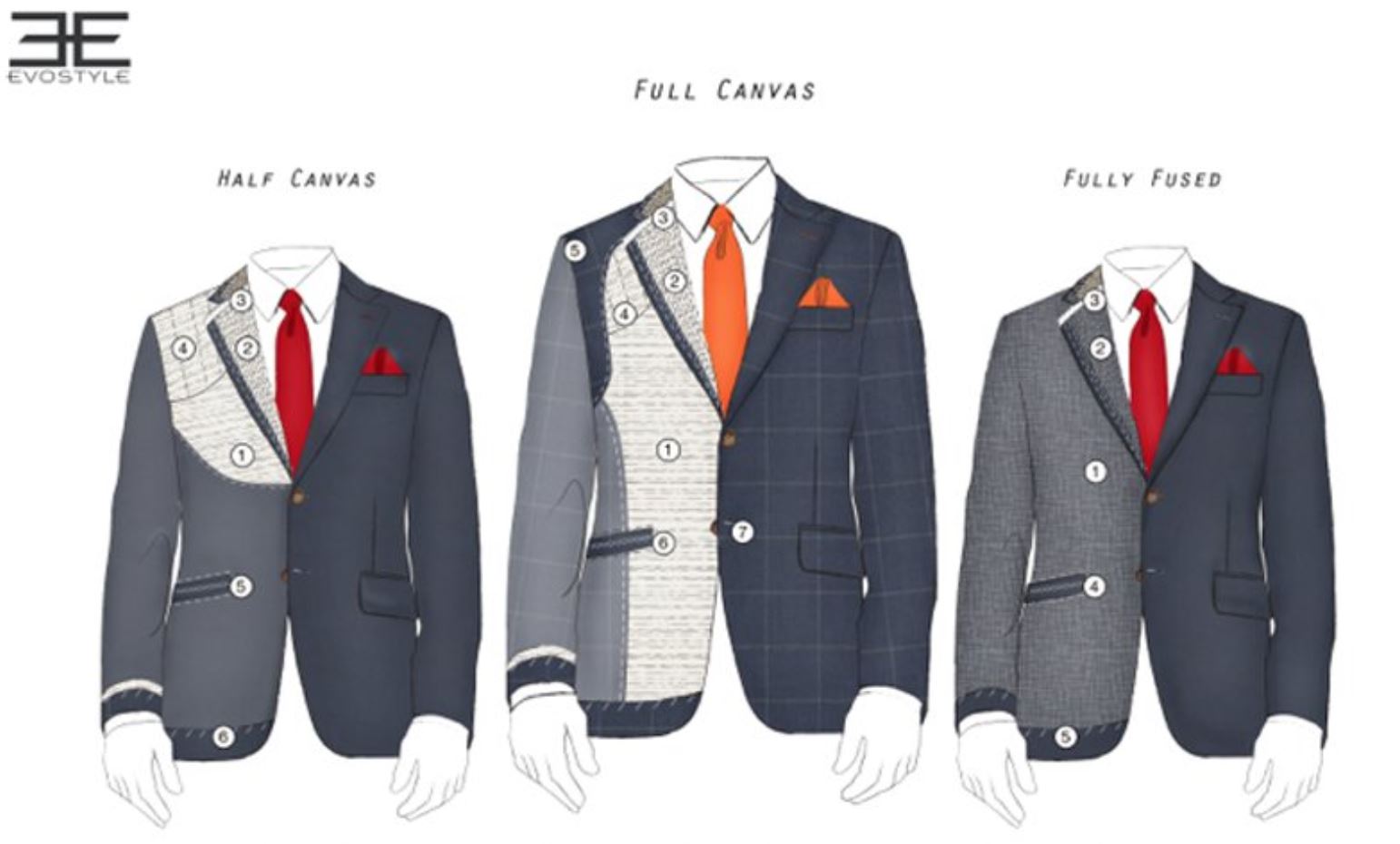


A canvas however will last virtually forever and has memory, meaning it will only get better with time. An easy way to figure out if there is a canvas is to pinch the outside and inside of the lapel and pull them. If they pull you can usually feel the canvas inside whereas a glued one will be stiff and flimsy.
Important: Not all fusing is equal. You can have terrible quality adhesives that will bubble and be worthless. But you can also have high quality adhesive such as a German product with 300 micropixels per square inch. It is highly “refusable” which means it will not bubble and readjusts itself.
Regardless, a purely fused suit is a terrible investment and you will never change my mind. Spending 1000$ or 2000$ on a crappy Hugo Boss or designer suit is totally unacceptable. A telltale sign of low quality and a cheap suit.
Tip: Fusing can help as a cloth stabilizer. Even in many Full Canvas suits you can find cloth stabilizing adhesives.
How To Spot A Cheap Suit Is Easier Than You Think
Just like the title says as soon as you learn the small differences and begin noticing them it becomes much easier in the future. Don’t fall for the marketing mumbo jumbo like “Italian Mills” and “Real Horn Buttons“. There is much more to a good suit than just that. I think these are the main indicators of cheap and low quality suits. I did not mention things like suits from synthetic fabrics like polyester or AMF stitching or other buzz words.



Please, do not buy a polyester or blend suit and be like those stupid commercials with the guys dropping coffee on their repellent suits or do bike flips. Invest a little more in quality as it’s worth it in the long run. And I promise you that when you have a well-fitting suit you will feel better and exude more confidence.
I must admit that it is very obvious that brands like Opposuits are for parties and more “fun” events.
What’s Next?
Good thing you asked! With the virus crisis buying new things becomes difficult. I do have some exciting things down the pipeline however! I am planning to overhaul my suit guide, while also making a list of the best canvassed suits on the market. There will be a heavy focus on MTM Brands as they are constantly growing. Additionally, we will do a review of the Suitsupply Custom Made Program soon and discuss the differences from Made to Measure.
In the meantime, that was it for the “How to Spot a Cheap Suit Guide“. I hope you thoroughly enjoyed it and may it help you in future purchases. Be safe, stay inside and help everyone return to normal life as soon as possible.
Thank you for reading,
Kostas Mandilaris,
Misiu Academy





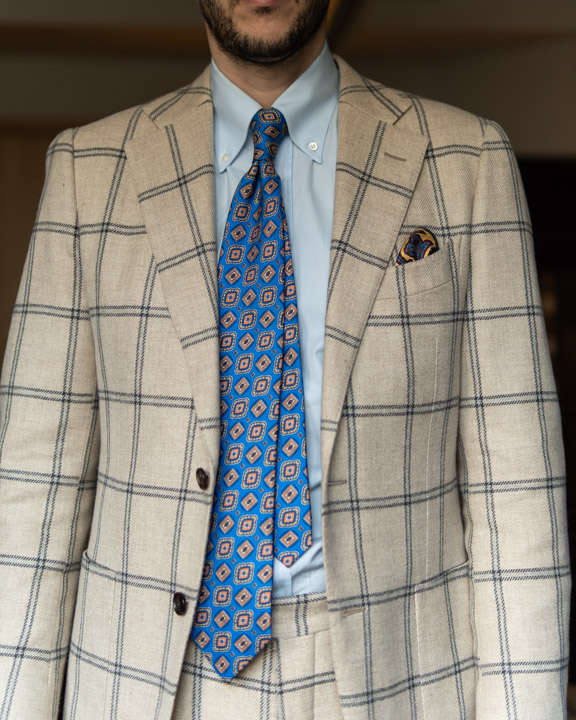

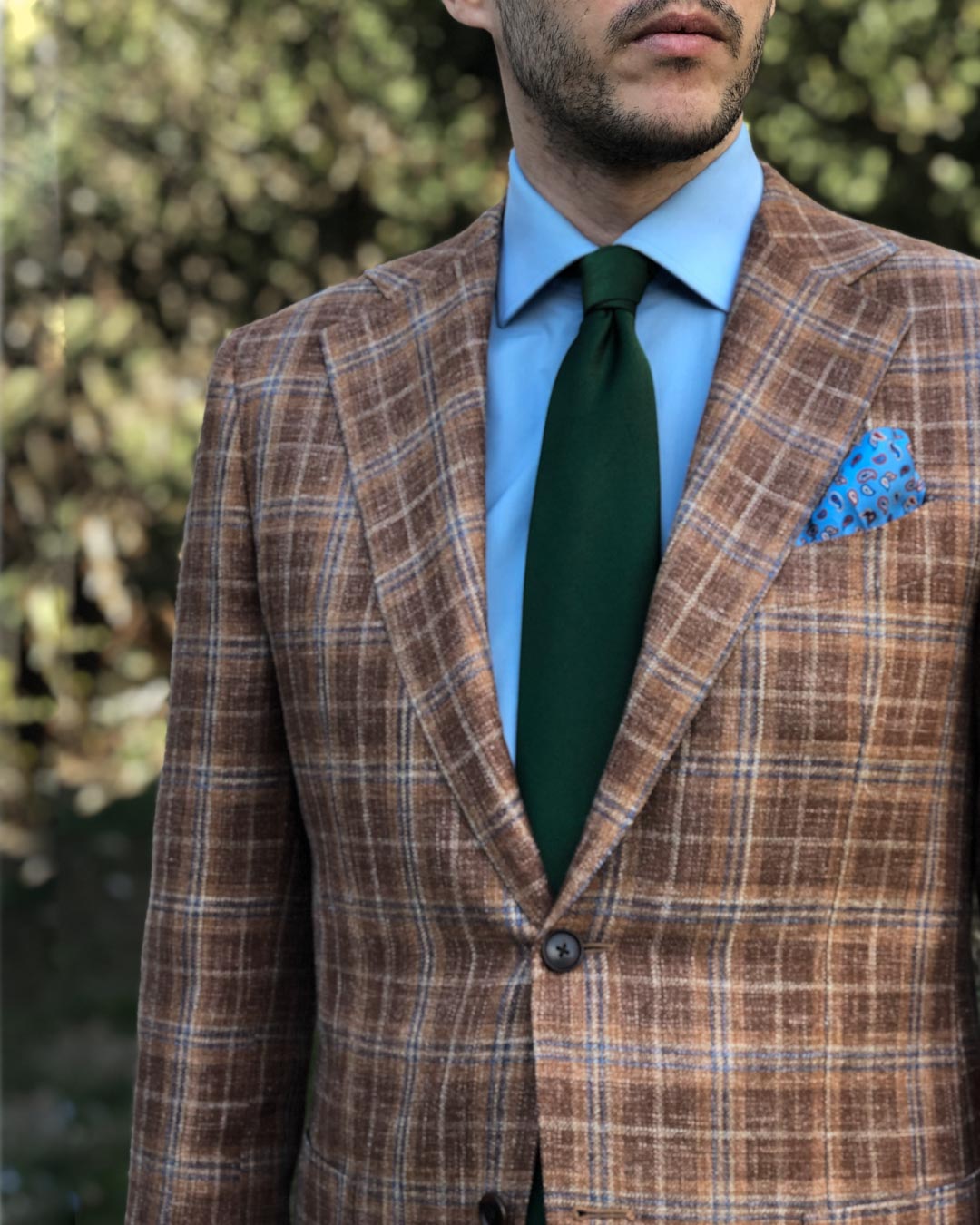





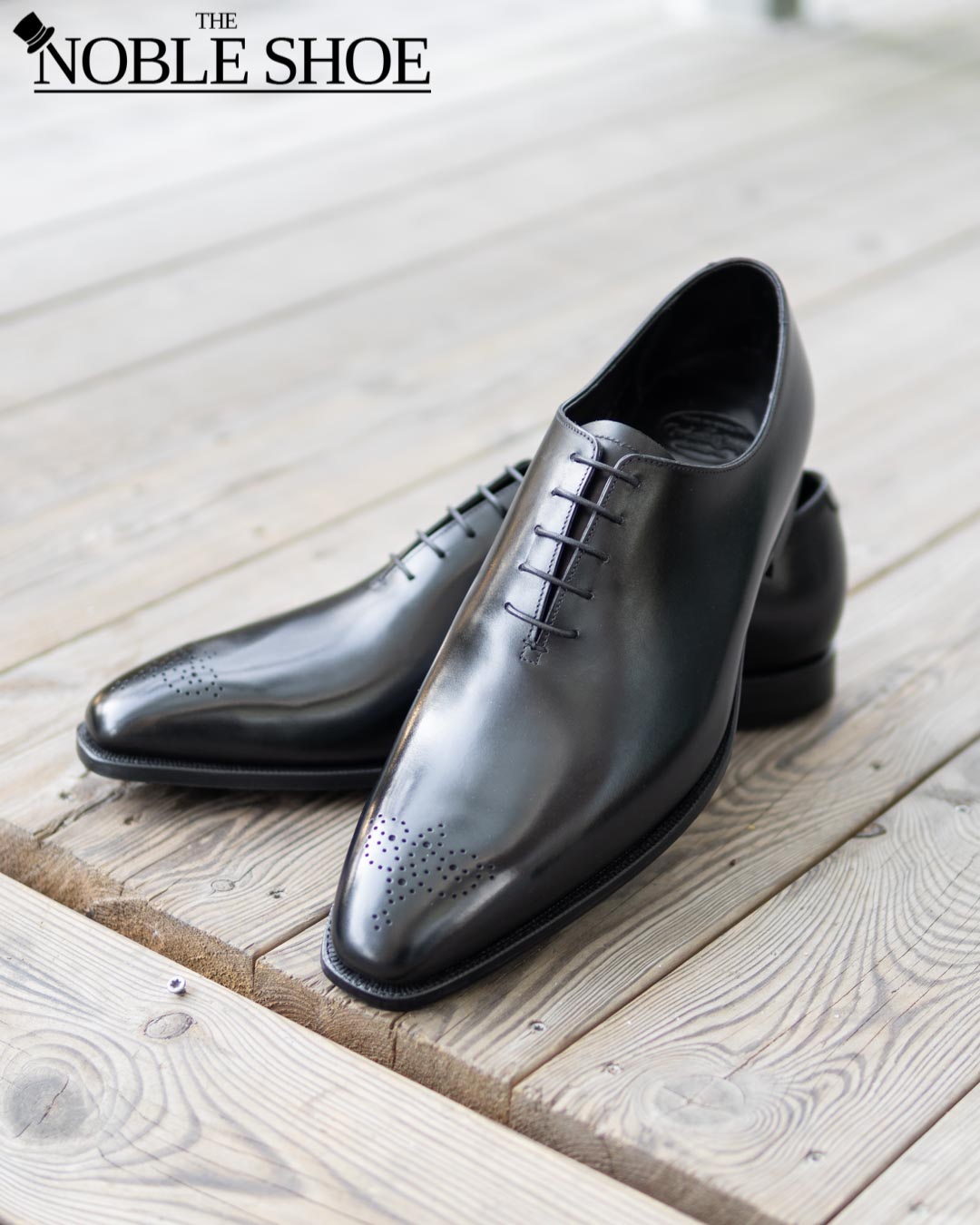




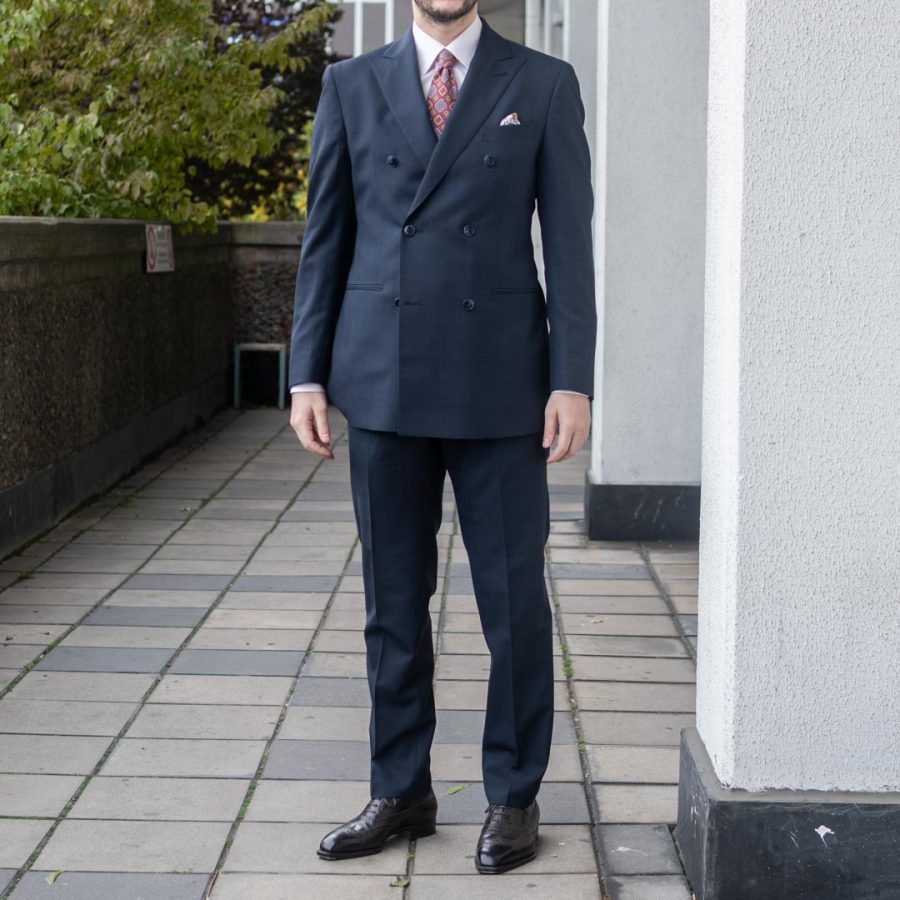
Are you from greece?
Yes
I really enjoyed your post. I also want to share some interesting information with your visitors… I am impressed with your post on the blog. I like it. I saw many collections on your blog about new stylish shirts for men.
Glad you found it interesting thank you